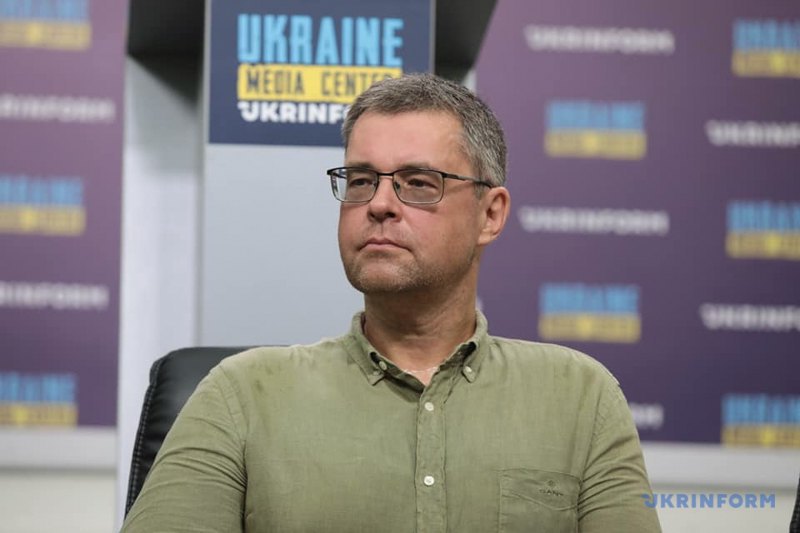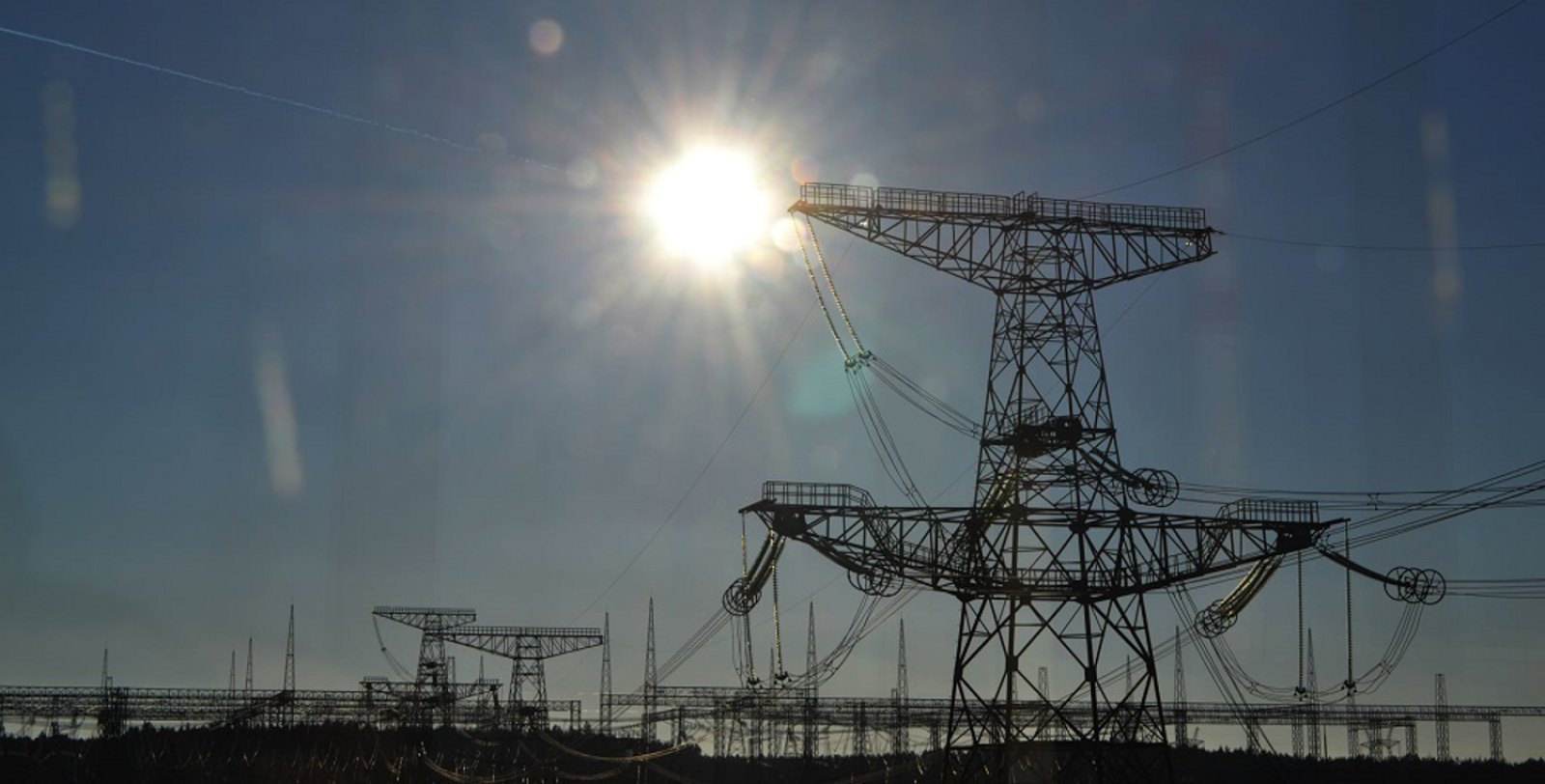When did the electricity shortage occur?
Ukraine had to request emergency assistance from the European Union at least twice last week. The first time was on Wednesday, 22 November: the power system experienced a significant shortage of electricity; Ukraine was unable to increase power generation because it had no reserves.
"Ukrenergo was forced to activate emergency assistance from the transmission system operators of Romania, Slovakia, and Poland in the total amount of 1800 MWh," the company explained.
To give you an idea, this amount of electricity is almost equal to the capacity of the Khmelnytskyy nuclear power plant. Its two units produce 2000 MW.
A shortage in the power system was also recorded last Thursday. Ukrenergo urged Ukrainians to save energy.
"This is the most difficult time for the power system – from 5 p.m. to 7 p.m. – is the period of maximum consumption. And we can already see that our consumption (schedule) is growing. With several power plant units still undergoing repairs and unable to operate, this disrupts the balance between electricity consumption and generation, which is a key condition for the safe operation of the power system. Imported electricity is also not enough to cover the deficit in the power system. Instead of the technically possible maximum of 1,200 MW, we have a maximum of up to 609 MW in some hours," Ukrenergo stressed.
We managed to avoid disconnections of household consumers. And since Friday, the situation has improved significantly, with no shortages recorded.
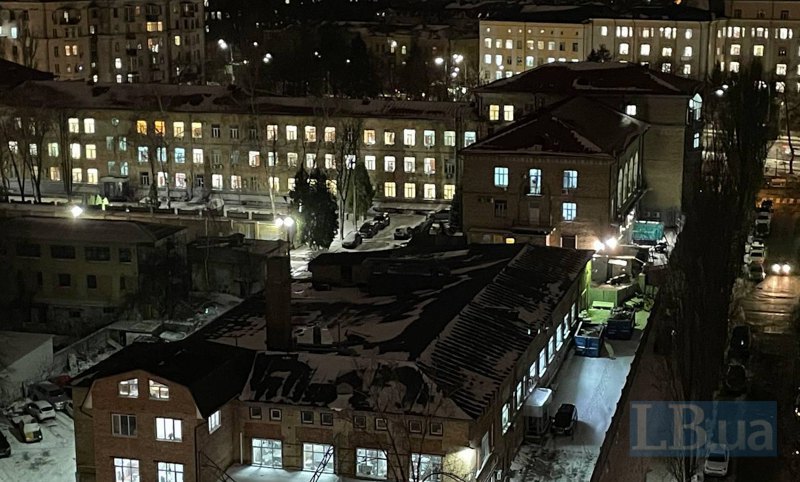
What has caused the shortage?
There are several reasons for this. The first is frost. Last week, temperatures dropped to -8°C in some regions. The lower the temperature, the more electricity the state needs.
"The weather has become a serious factor. The growth in consumption due to frost was about 10%. And you know that we have entered the heating season with essentially no reserve capacity, because the destruction and damage have made it impossible to restore everything," said Volodymyr Omelchenko, Director of Energy Programmes at the Razumkov Centre.
The Energy Research Centre points out that if the air temperature remains at -8°C or drops, power cuts for the population may become a reality. The companies published schedules of electricity consumption restrictions back in early autumn. Experts are urging consumers to prepare for this scenario.
Another factor that led to the power shortage is the high accident rate at thermal power plants. Last week, three TPP units were shut down for short-term repairs, the Energy Ministry reported. The ministry added that nuclear power is currently generating most of the country's electricity. Nine nuclear power units are in operation, producing 55% of the total. However, thermal power plants play another very important role for the power system, they are used for manoeuvring. They can quickly increase or decrease power generation, depending on the need.
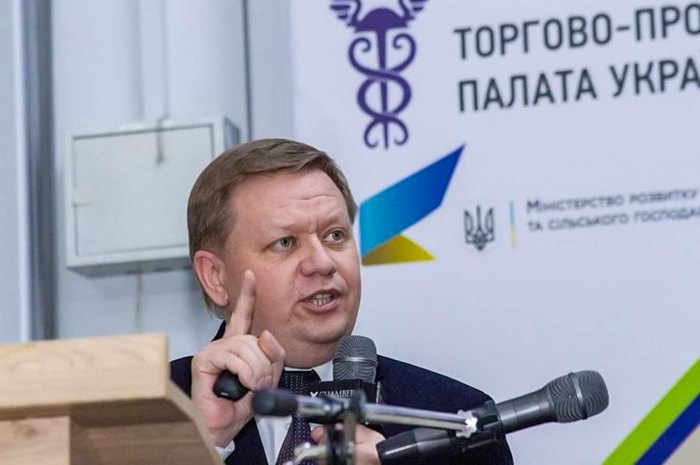
"Usually, it's just equipment wear and tear, because the vast majority of thermal power plant units were built in the 1960s. And it is clear that they fail from time to time. They need constant maintenaance. Sometimes emergency protection is triggered if, for example, the quality of electricity does not meet the standard. Sometimes transformer equipment breaks down. The dispatcher does not see this. He sits in Kyiv and can only state the fact. That's all he can do. There were 100 or 300 MW, but now there is zero," energy expert Hennadiy Ryabtsev explains.
The third reason for the deficit is the low volume of imports from the European Union. And here the legislation played a cruel joke on us. In Ukraine, the electricity market is governed by a system of price caps, i.e. maximum ceiling prices for electricity. And these restrictions often prevent us from importing electricity in full. That is why, in critical situations, the government has to ask the European Union for emergency assistance.
"How expensive is it? Put briefly, emergency assistance can be approximately 50% more expensive than buying imported electricity under contracts," Volodymyr Omelchenko, Director of Energy Programmes at the Razumkov Centre, said.
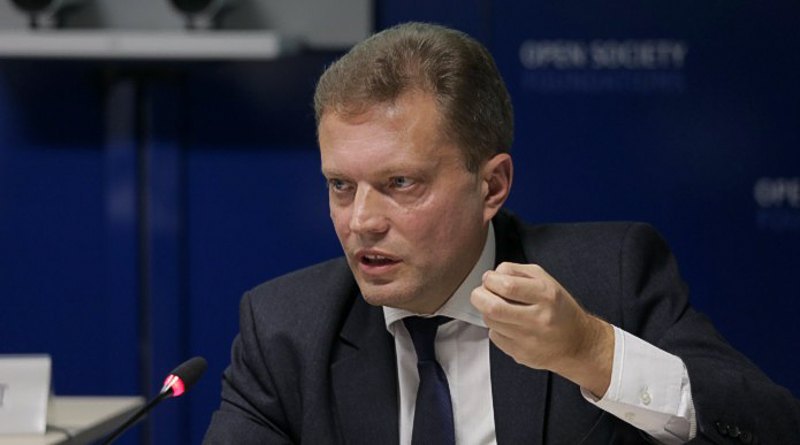
This issue was already discussed at a meeting of the National Security and Defence Council in early November. And President Volodymyr Zelenskyy recommended that the energy regulator (NEURC) bring the maximum electricity price caps into line.
"To work out the issue of ensuring economic conditions for attracting electricity imports during the autumn-winter period of 2023/24," the presidential decree reads.
Eventually, the NEURC raised the price caps, but the new prices will come into effect on 1 December. There is no talk of a complete cancellation of this mechanism.
"We were solving two tasks. The first is the further, step-by-step liberalisation of our energy market and bringing its rules closer to those of the European Union. The second is that we have actually created investment conditions for the involvement of highly manoeuvrable capacities in generation, which can be switched on during the day in a very short period and handle the peak load when the demand for electricity is the highest," explained Kostyantyn Ushchapovskyy, Chairman of the National Energy and Utilities Regulatory Commission.
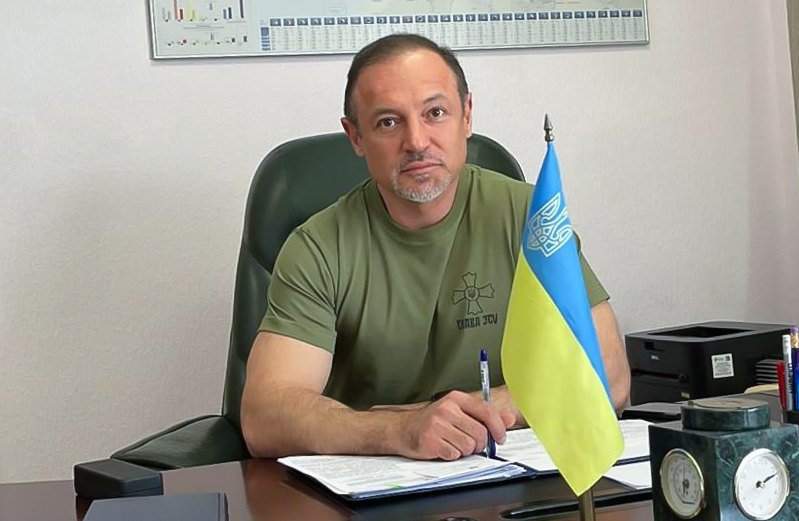
Massive drone attack
On Saturday night, Russia launched a record number of drones at Ukraine. The Air Force reported that 75 Shaheds were flying to bomb Ukraine. Ukrainian air defence managed to shoot down all but one drone. The main target for the Russians was Kyiv.
"Several powerful trunk power lines that supply Kyiv and the towns around it were damaged and shut down at night due to this dense and very strong attack by the Shaheds," said Ukrenergo Board Chairman Volodymyr Kudrytskyy.
Some 12,000 consumers in the capital were left without power. Nevertheless, power supply was restored the same day. In general, the attack had no serious consequences for Ukraine's energy system.
"Such a number – 75 drones – has never been used before. So, we can really say that Russia was trying to test those new routes and flight lines. It was an experiment for them on the eve of winter and low temperatures," said Oleksandr Kovalenko, a military and political observer at the Information Resistance group.
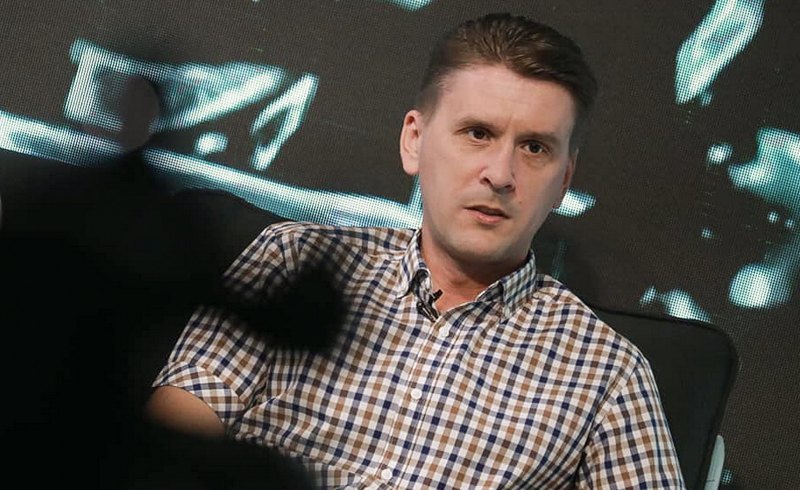
Will there be power outages in winter?
Due to the deteriorating weather over the weekend, this week will be particularly difficult, Ukrenergo stressed. The company does not rule out the possibility of another power shortage.
"We hope that the accident rate at power plants will be lower and we will have more generating capacity to cover consumption," Kudrytskyy said.
Last winter, Russians attacked about half of Ukraine's energy system facilities, Energy Minister Herman Halushchenko said. He believes it is impossible to restore everything, but the country has prepared well for the winter. Meanwhile, repairs at some facilities are ongoing. The government is convinced that the first month of the heating season was stable in Ukraine: fuel reserves are sufficient and the technical condition of the systems is satisfactory. But Russia has not yet resorted to massive missile attacks.
"Yes, they attack the power system every day, it's true. They are trying to destroy as many facilities as possible. There has never been such a massive attack as the first one on 10 October (last year), with up to a hundred missiles fired simultaneously, attacking all the facilities at the same time. But I think they are preparing for it. We have a much stronger air defence now," Halushchenko said.
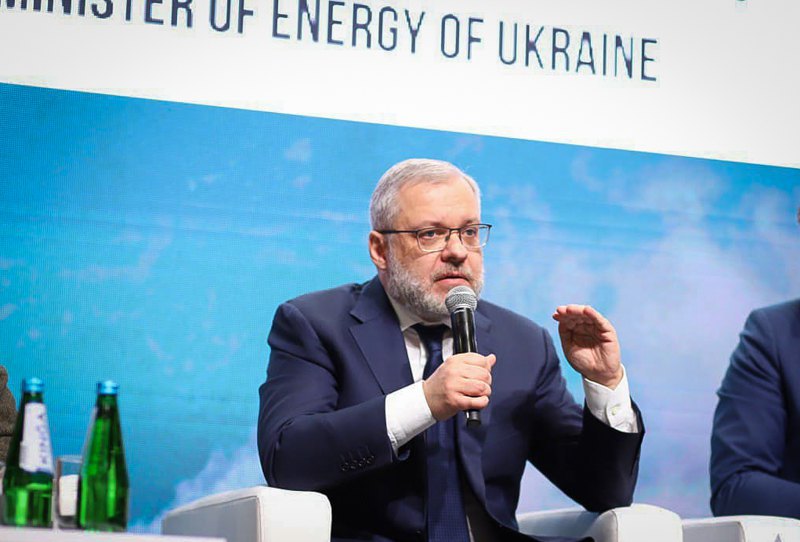
If blackout schedules are to be applied, they will be fair. The Energy Ministry promises to control the process. At the same time, Ukrenergo once again called on Ukrainians to save electricity in crisis situations. This applies not only to households but also to businesses.
"If companies shift their electricity consumption to night time, we have every chance of avoiding blackouts," Kudrytskyy suggested.
The Energy Research Centre is certain that the targets for Russian shelling remain unchanged. Just like last winter, they will try to bomb electricity generating facilities. They will probably also try to leave cities without heating. But this is a much more difficult task.
"We have to admit that combined heat and power plants, which are still slightly fewer than thermal power plants (TPPs), are concentrated in Kyiv, there are some in Kharkiv. A large number of other cities are not completely dependent on their combined heat and power plants. For example, in Odesa, about 30% of the city relies on a CHP plant, and 70% of the city uses small boiler houses located throughout Odesa. And, accordingly, it will be much harder to damage them, they provide a certain decentralised safety margin for heating systems," said Oleksandr Kharchenko, director of the Energy Research Centre.
